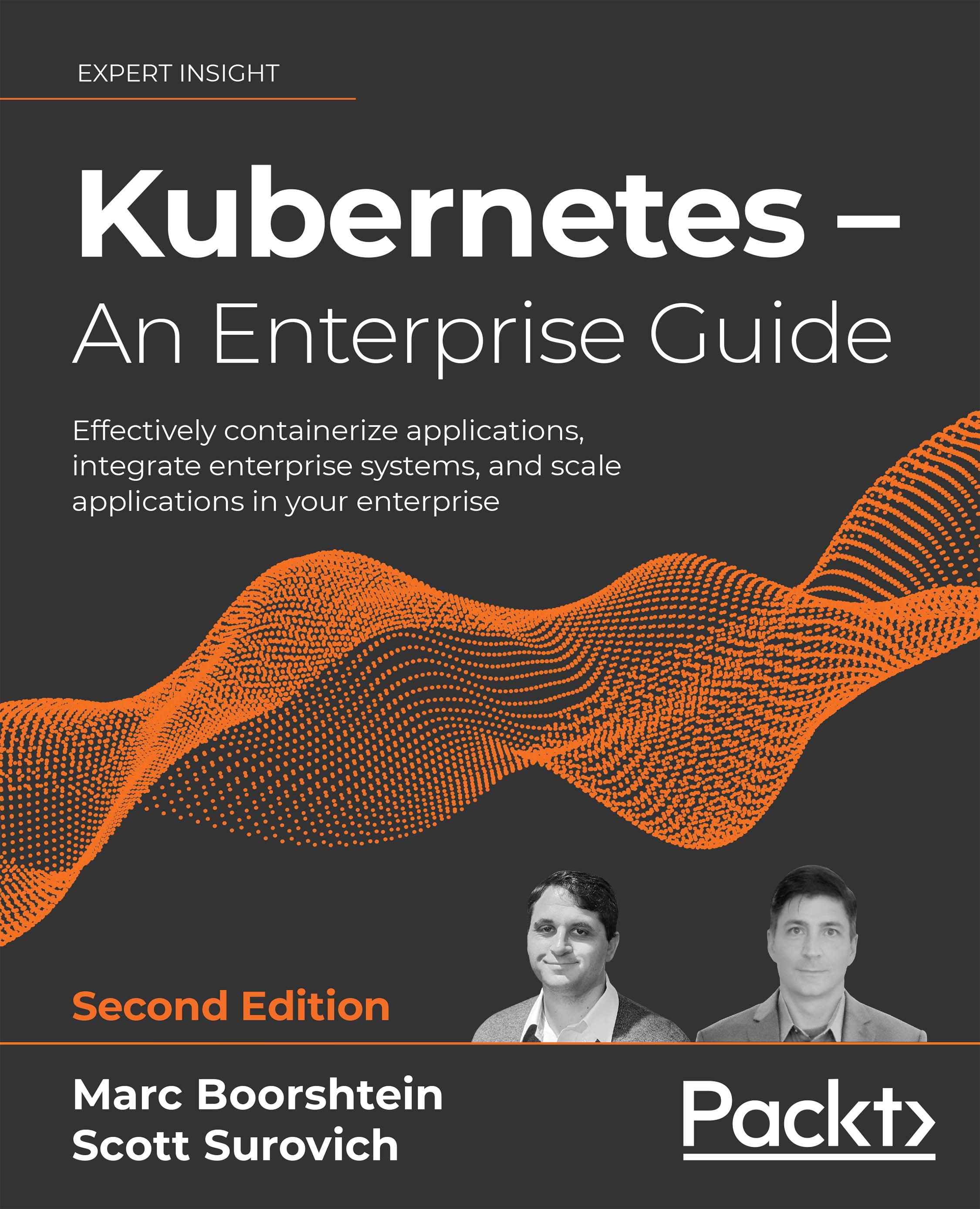Summary
This chapter detailed how Kubernetes identifies users and what groups their members are in. We detailed how the API server interacts with identities and explored several options for authentication. Finally, we detailed the OpenID Connect protocol and how it's applied to Kubernetes.
Learning how Kubernetes authenticates users and the details of the OpenID Connect protocol is an important part of building security into a cluster. Understanding the details and how they apply to common enterprise requirements will help you decide the best way to authenticate to clusters, and also provide justification regarding why the anti-patterns we explored should be avoided.
In the next chapter, we'll apply our authentication process to authorizing access to Kubernetes resources. Knowing who somebody is isn't enough to secure your clusters. You also need to control what they have access to.
































































